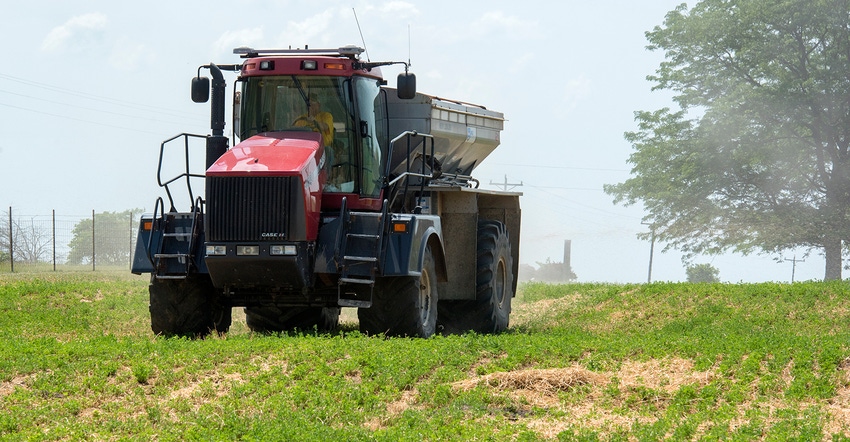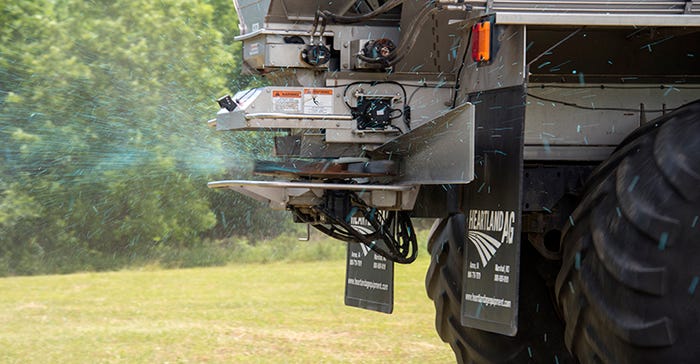September 4, 2018

Sponsored Content
From the late-arriving spring to unrelenting drought, challenges of the 2018 growing season are a reminder of just how much about agriculture is beyond a farmer’s control.
Managing soil health, however, is something that producers can control. This fall is the opportune time to fertilize pastures and hay fields to assure that next year’s forages get off to the right start.
“The fields that were fed properly are the ones that looked the best this summer,” said Jason Worthington, MFA Incorporated senior staff agronomist. “Potassium, in particular, is very important in drought tolerance. The right nutrition helps plants tolerate stress better. We saw that happen firsthand this year.”
The shortened spring and extreme drought throughout most of Missouri left livestock with limited forage supplies. Many producers began feeding hay in July and August when cattle would normally be grazing. Even though recent rains have perked up pastures, forages will still be short going into fall, said Matt Hill, MFA Incorporated natural resources conservation specialist.

“Normally, farmers hope they don’t have to feed hay any earlier than October, but even in the wetter spots, we’re still two to three months ahead of time feeding hay,” Hill said. “Just about everyone is in a forage shortage, with very tight supplies to make it through a normal winter before grass starts growing next spring.”
Providing drought-damaged pastures and hay fields nutrients this fall can help forages recover and provide the best chance for faster regrowth this fall and the following spring, Hill said. Stockpiling fescue or planting cool-season cover crops can also provide winter grazing. Regardless of the method, plant nutrients are a necessity, he stressed.
“The fact is, if you don’t fertilize, you don’t really give your forages a chance,” Hill said. “If you want enough growth in those pastures and hayfields to really make a difference, you need to go ahead and fertilize. It’s hard to do when things are tight, especially when you may have already overspent your budget buying hay through the summer, but fall fertilization is still a good, safe economical bet.”
MFA agronomists encourage fall applications of phosphorus (P) and potassium (K), which have limited mobility in the soil and will be there when the forages need them in the spring. Fertilizing in the fall spreads out field work for farmers, soil is usually less susceptible to compaction and product and equipment are often more available than during the busy spring rush.
And, Hill added, fall fertilization gives producers an edge—a welcome benefit after a tough growing season.
“In the fall and during green-up in the spring, having those nutrients already in the soil puts forages a step ahead,” he said. “It just allows them to get a jump start and better yield overall.”

For best results, Hill recommends a split application of nitrogen along with P and K in the fall then following up with the remaining N in the spring.
“Do a soil test so you know what your pastures need, then put half your nitrogen out with P and K in the fall,” he said. “Next spring, give it a shot of nitrogen again. That’s what will really make the forage grow like crazy. It’s a good investment for future forages.”
For more information, visit with your local MFA Agri Services or AGChoice location or visit online at https://www.mfa-inc.com/Crops/PlantFoods.
About the Author(s)
You May Also Like




